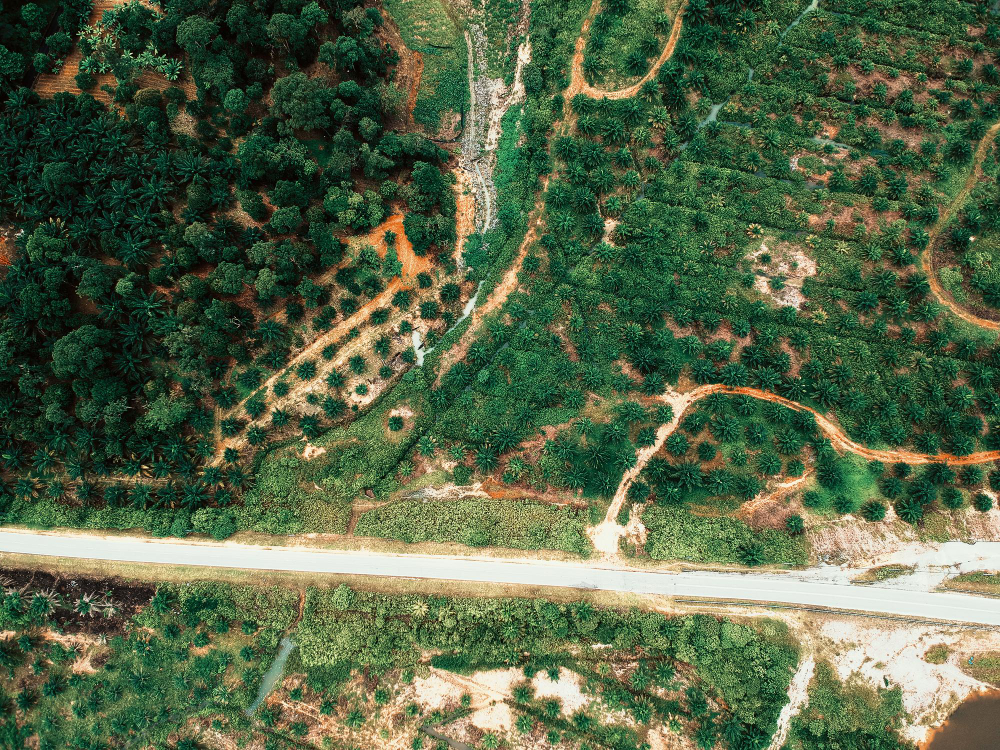
Product walkthrough, trial, POCs, enterprise offering, support and more. Speak with one of our specialists.


Product walkthrough, trial, POCs, enterprise offering, support and more. Speak with one of our specialists.

Climate changes

Did you know that more than 50% of Indonesia's greenhouse gas emissions come from the LULUCF sector, which stands for land use, land-use change, and forestry? This figure is not just a statistic. It means that the way Indonesia manages its forests and land will determine whether national climate targets are achieved or missed by a wide margin.
In fact, the government has set the FOLU Net Sink 2030 target, a condition in which the forestry and land sector can absorb more carbon than it releases. Without effective management of LULUCF, this goal will be difficult to achieve.
LULUCF stands for Land Use, Land-Use Change, and Forestry.
In simple terms, it covers all human activities that affect forests and land. Examples include:
Every change brings consequences. Healthy forests act as carbon sinks, while deforestation and forest degradation release large amounts of carbon into the atmosphere, accelerating global warming.
There are three main reasons why this sector is a global focus, especially in Indonesia:
In short, LULUCF is both a challenge and a solution in Indonesia’s efforts to tackle the climate crisis.
Several practices on the ground show how LULUCF can have both positive and negative impacts:
Forest clearing for palm oil expansion or infrastructure development releases millions of tons of carbon emissions every year.
Tree planting programs in critical areas, including mangrove forests, not only absorb carbon but also protect biodiversity.
Combining agriculture with shade trees maintains productivity while improving soil and water quality.
Drained peatlands are major emission sources, but when restored, they can store significant amounts of carbon.
Managing a sector of this scale cannot rely solely on manual surveys. Real-time and accurate data are needed to ensure evidence-based decisions. Some of the technologies that support this effort include:
Read also: How Jejakin Uses IoT for Forest Monitoring
Jejakin introduced CarbonAtlas, a data-driven monitoring platform that integrates satellites, IoT, and artificial intelligence (AI).
With CarbonAtlas, governments, businesses, and communities can:
More than just an analytical tool, CarbonAtlas serves as a foundation for data-driven policymaking and decision-making, supporting more effective and sustainable LULUCF management.
LULUCF is not merely a technical term in climate reports. In Indonesia, this sector defines the future. How forests and lands are managed will affect the climate, economy, and people’s daily lives.
With the support of technology, transparent data, and platforms like CarbonAtlas by Jejakin, LULUCF management can become more effective, fair, and sustainable.
Let’s work together to make LULUCF not part of the problem, but the key climate solution for generations to come.






















Jejakin’s green programs combine high-tech monitoring, biodiversity restoration, and community-led initiatives to deliver powerful, sustainable change across ecosystems.








